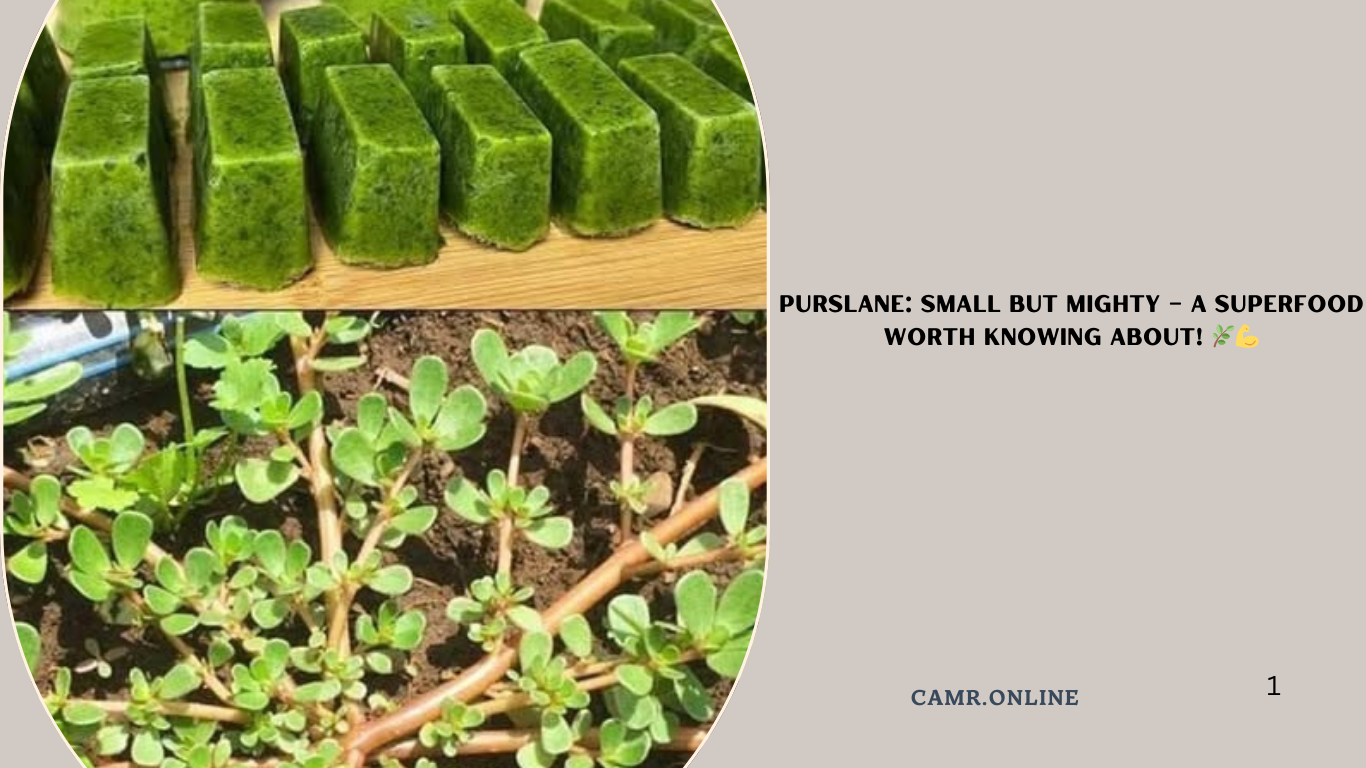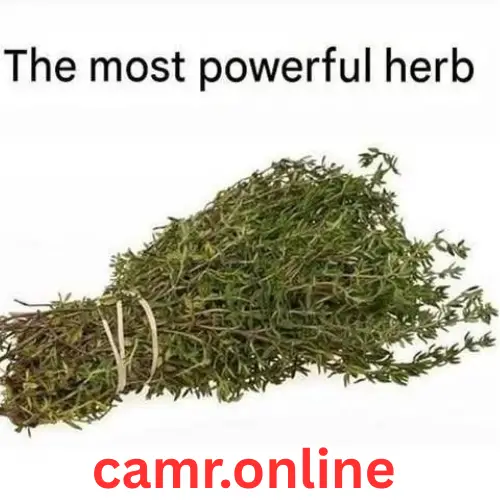Purslane (Portulaca oleracea ) might look like just another weed sprouting in your garden, but this unassuming plant is actually a nutritional powerhouse with a rich history of use in traditional medicine and cuisine. Whether you’re looking to boost your health, add variety to your meals, or explore the world of edible wild greens, purslane is an excellent choice!
In this article, we’ll dive into what makes purslane so special, its numerous health benefits, how to identify and harvest it, and delicious ways to incorporate it into your diet. Let’s get started!
What Is Purslane?
Purslane is a succulent herbaceous plant that grows low to the ground, often found in gardens, fields, and even cracks in sidewalks. Native to India and Persia, it has spread across the globe due to its hardiness and adaptability. Its thick, fleshy leaves and stems store water, making it drought-resistant and easy to grow.
While some people view purslane as a pesky weed, it’s been prized for centuries in Mediterranean, Middle Eastern, and Asian cuisines for its unique flavor and incredible nutritional value.
Why Purslane Is a Superfood
Don’t let its small size fool you—purslane packs a punch when it comes to nutrition. Here are some reasons why it deserves a spot on your plate:
1. Rich in Omega-3 Fatty Acids
Purslane is one of the richest plant sources of omega-3 fatty acids, which support heart health, reduce inflammation, and promote brain function. It’s especially beneficial for those following vegetarian or vegan diets.
2. High in Antioxidants
Purslane contains powerful antioxidants like vitamin C, beta-carotene, and glutathione, which help protect cells from damage caused by free radicals.
3. Loaded with Minerals
This humble plant is packed with essential minerals such as magnesium, potassium, calcium, and iron, all of which play vital roles in maintaining overall health.
4. Low-Calorie and Nutrient-Dense
With only about 16 calories per cup, purslane is an excellent addition to salads, soups, and other dishes if you’re watching your weight while still wanting to maximize nutrient intake.
5. Anti-Inflammatory Properties
The combination of omega-3s and antioxidants makes purslane a natural ally in reducing inflammation, supporting joint health, and boosting immunity.
How to Identify Purslane
Before harvesting purslane, it’s important to know what it looks like to avoid mistaking it for toxic plants. Here’s how to identify it:
- Leaves : Thick, glossy, and spoon-shaped, typically green but sometimes tinged with red.
- Stems : Smooth, reddish-green, and slightly succulent.
- Flowers : Small, yellow flowers that bloom in the morning sun.
- Growth Habit : Grows close to the ground, forming mats that spread outward.
Pro Tip: Always ensure the area where you’re harvesting hasn’t been treated with pesticides or herbicides.
Health Benefits of Purslane
Here are some of the key health benefits associated with eating purslane:
1. Supports Heart Health
The omega-3 fatty acids in purslane help lower bad cholesterol levels and reduce the risk of cardiovascular diseases.
2. Boosts Brain Function
Omega-3s also play a critical role in cognitive health, improving memory and focus while protecting against neurodegenerative diseases.
3. Strengthens Bones
The high mineral content, particularly calcium and magnesium, supports strong bones and teeth.
4. Promotes Healthy Skin
Vitamins A and C, along with antioxidants, contribute to clearer, more radiant skin by combating oxidative stress.
5. Aids Digestion
Purslane’s mild laxative effect and fiber content can help regulate digestion and prevent constipation.
How to Use Purslane in Cooking
Purslane has a slightly tangy, lemony flavor with a tender, juicy texture, making it versatile in both raw and cooked applications. Here are some ideas to inspire you:
1. Salads
Add fresh purslane leaves to salads for a refreshing crunch and a burst of nutrients. Pair it with cucumbers, tomatoes, feta cheese, and olive oil for a Mediterranean twist.
2. Soups and Stews
Chop purslane and stir it into soups, stews, or casseroles during the last few minutes of cooking. It pairs beautifully with lentils, beans, and vegetables.
3. Sautéed Greens
Cook purslane with garlic, onions, and spices for a quick side dish. It works well alongside eggs, tofu, or grains.
4. Smoothies
Blend purslane into green smoothies for an extra dose of vitamins and minerals. Combine it with spinach, banana, apple, and almond milk for a balanced drink.
5. Pickling
Preserve purslane by pickling it for a tangy snack or condiment that lasts longer.
Fun Facts About Purslane
- Historical Significance : Purslane was cultivated by ancient Egyptians and Greeks, who valued it for its medicinal properties.
- Cleopatra’s Secret Weapon : Some historians believe Cleopatra used purslane as part of her beauty regimen because of its anti-inflammatory and antioxidant effects.
- Global Popularity : Purslane is commonly eaten in countries like Greece (where it’s called androuda ), Turkey, Iran, and China.
Conclusion
Purslane may be small, but its nutritional impact is mighty! This overlooked plant offers a wealth of health benefits, culinary versatility, and environmental resilience. By incorporating purslane into your diet, you’re not only treating yourself to a delicious and nutritious food but also embracing the wisdom of generations past.
So next time you see this little green gem growing in your yard, don’t pull it out—harvest it instead and enjoy the many rewards it has to offer. Happy foraging, and happy eating! 🌱✨







